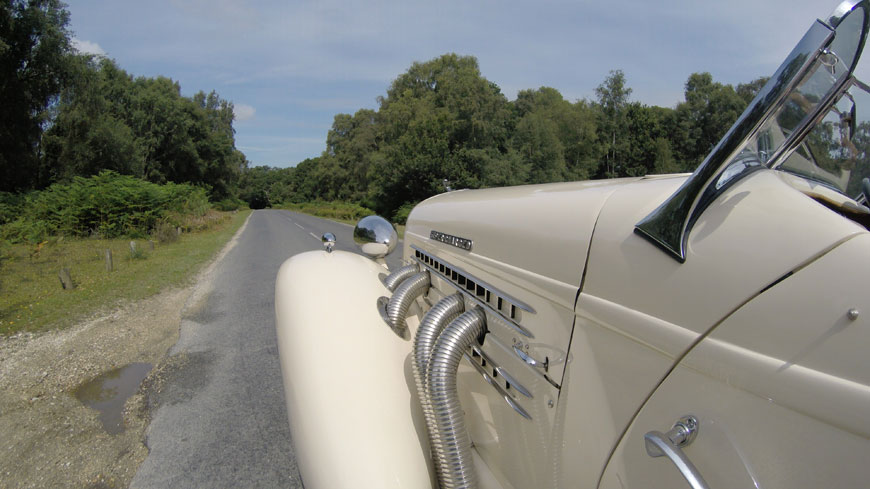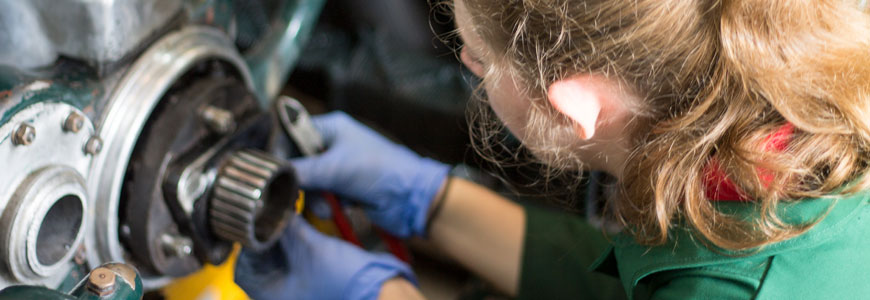
Over a year since her appointment as apprentice in the National Motor Museum workshop, Emily Leese has been making sterling progress with her training. Heavily involved with many of the projects that have been tackled by the workshop team, she has also made great strides forward with the academic side of her apprenticeship, gaining valuable know-how and plenty of experience.
Showtime
Emily has undoubtedly become a key member of the museum workshop’s close-knit team of engineers. “I’m still really enjoying working with the guys here,” said Emily. “In fact, I think I’m now well on my way to turning into one of them!”
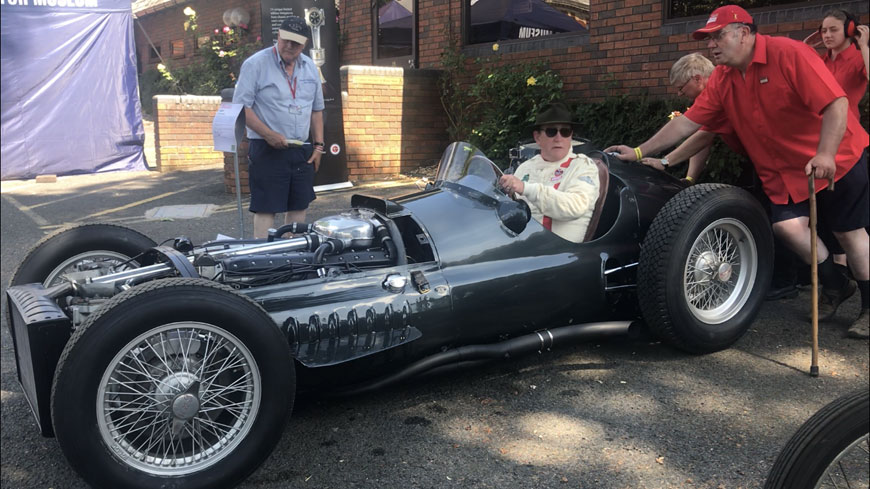
Keeping the collection of over 250 vehicles in top condition requires teamwork, and with cars from the collection attending shows up and down the country, this means that the engineers are always busy preparing, transporting and accompanying these vehicles.
“Although it’s keeping us really busy every weekend this summer, I’m loving going to different shows, meeting people from outside of Beaulieu who are really passionate and interested in the cars,” said Emily. “There hasn’t been much chance for sleep lately, but who needs sleep when it’s such fun?”
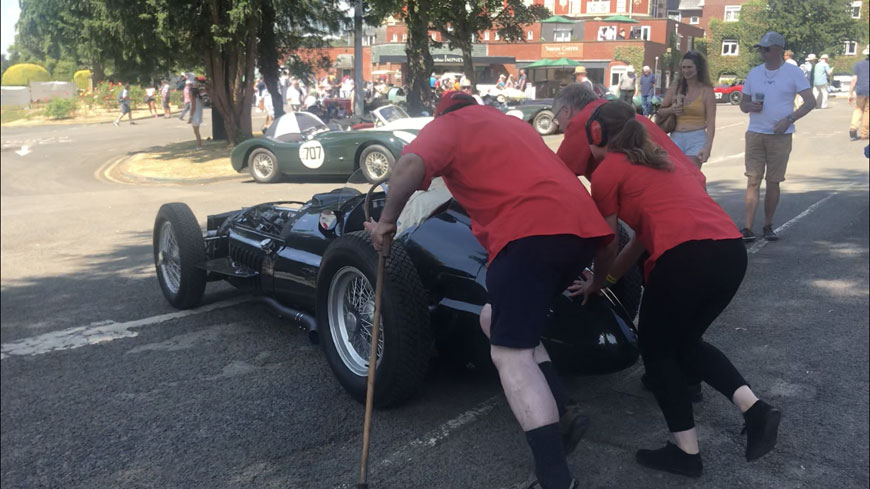
The Chateau Impney Hill Climb was a highlight, with the National Motor Museum running its incredible 1950 BRM V16 following the rebuild of its supercharged engine. With its brutal exhaust note and impressive history, the car was a big hit and even moved some show-goers to tears. “There were a lot of people who were really interested in the car, so we were kept busy throughout the show talking to enthusiasts.”
The 1929 Bolster Special Bloody Mary also made its mark at the event, setting off up the hill in the hands of specialist driver David Andrews, to the delight of spectators.
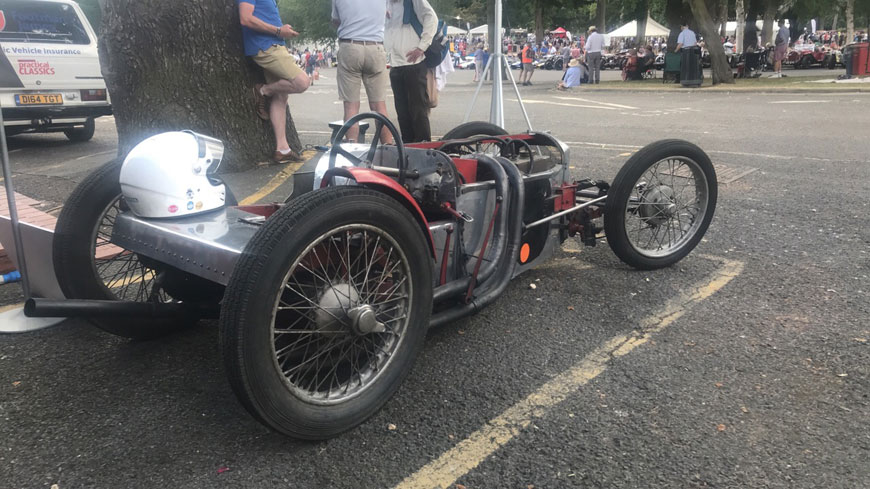
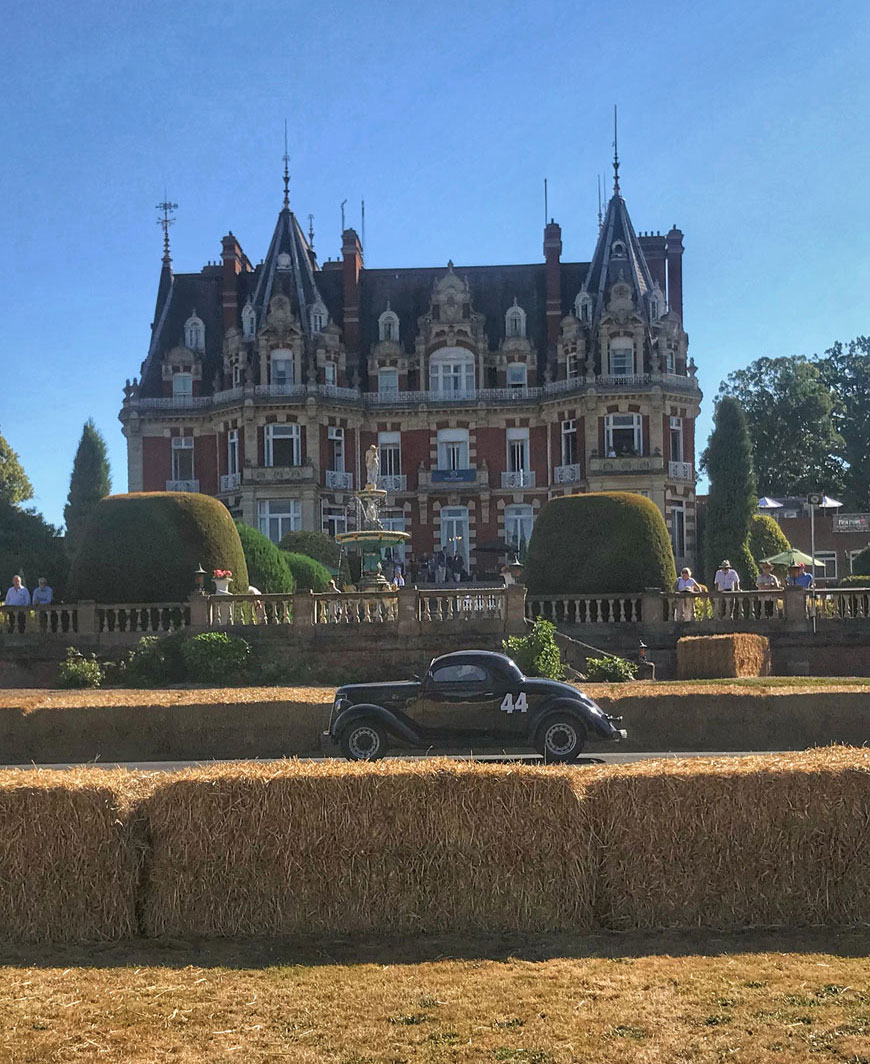
To unwind at the end of the busy weekend, the workshop team put on their glad rags for the celebratory Chateau Impney Ball.
Watch the BRM V16 being started up in readiness for the Chateau Impney Hill Climb: https://www.youtube.com/watch?v=m-NDKzsNlSY
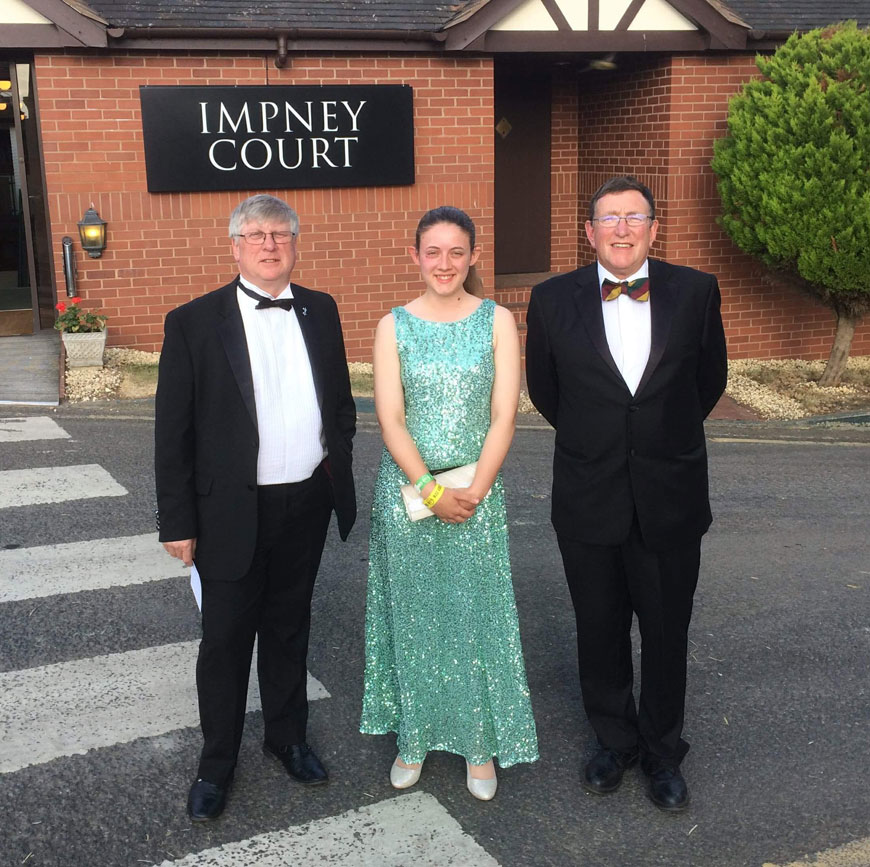
For the Goodwood Festival of Speed, Emily needed to get behind the wheel of a very different sort of machine. From the National Motor Museum’s Art of Kustom exhibition in the museum this summer, Andy Saunders’ road-going speedboat Run A Ground took pride of place on the Beaulieu stand. “I had to drive it across the showground to reach the stand,” said Emily. “That was a very strange experience! It was the first three-wheeler that I had driven, but it also has a very peculiar gear-change.”
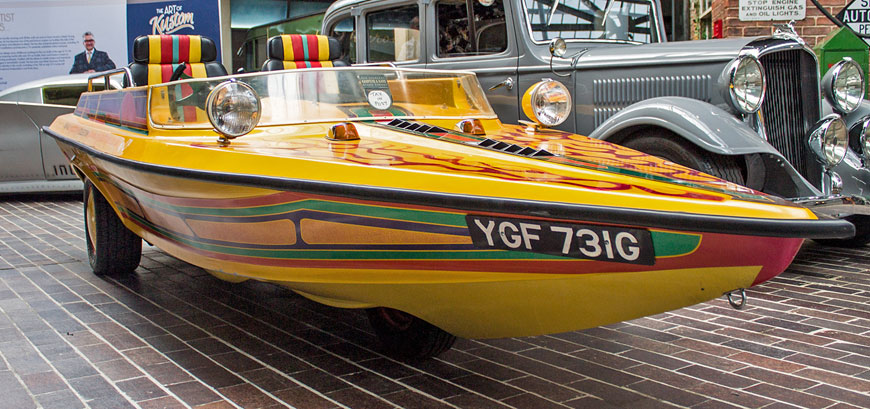
Vastly different to the prestige cars that usually represent the museum, Run A Ground perfectly demonstrates the extraordinary variety of vehicles that Emily deals with on a daily basis.
Block release
Emily’s training has developed as she has settled into her role, with the academic side of her apprenticeship provided by the Heritage Skills Academy, as she is now part of their Level 2 and 3 Diplomas in Classic Vehicle Restoration.
For one week a month, Emily attends the course at Bicester Heritage, studying automotive technologies and engineering processes, which dovetails perfectly with her hands-on training at Beaulieu. However, the course isn’t completely classroom based, with exciting projects to get involved with.
Emily said: “We are the first year to go through the Level 2 course and it’s a mixture of theory and practical experience, with the chance to put the theory into practice with our own projects. We are split into groups of two or three, with each group having their own car to work on. My group has a Morris Minor, my favourite car of all time, so I’m delighted!”

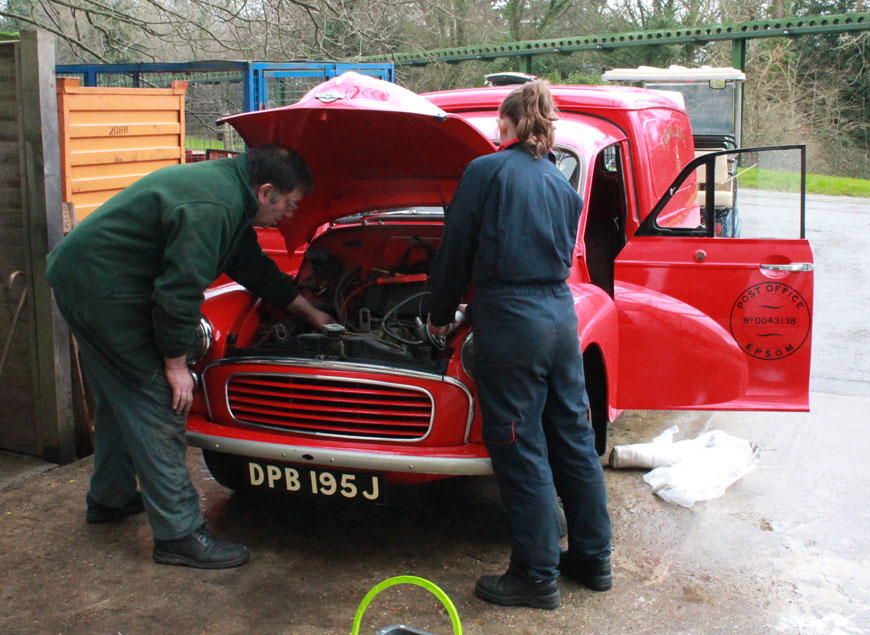
“We started by getting the Morris running, then set about doing all the work that was needed to make it roadworthy. The brake master cylinder had failed, so we replaced that at the same time as rebuilding the entire braking system; a challenge, as the Morris master cylinder isn’t easy to remove. As the car hadn’t been taken apart for years, tackling seized nuts and bolts was a very familiar experience!”
See behind the scenes in the Heritage Skills Academy workshop: https://www.youtube.com/watch?v=oSqgb1iMFbk
Apprentice award
The funding for the block release part of Emily’s training is covered by the Worshipful Company of Coachmakers and Coach Harness Makers of London,
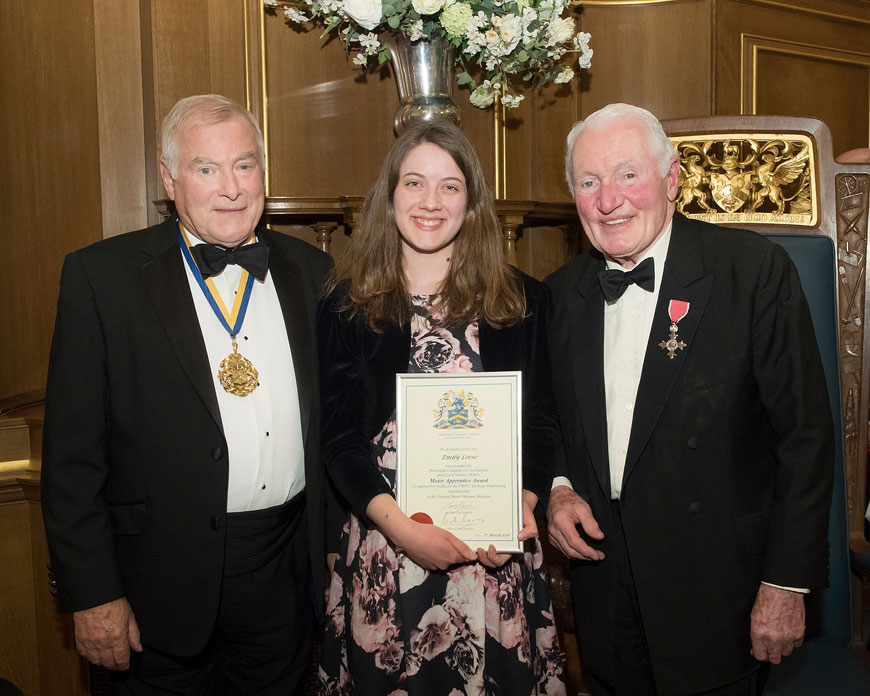
a charitable association which promotes excellence in the automotive, aerospace and rail industries.
As a guest at the Company’s annual Automotive Dinner, Emily formally received her award of support by the Bursary Committee, presented to her by Master Coachmaker Tony Edwards and guest of honour, rallying legend Paddy Hopkirk.
During the event, Emily was joined by Beaulieu One Hundred representatives, as members have generously helped to fund the four-year apprenticeship.
Emily was also presented with the History of the Livery Company by the Federation of British Historic Vehicle Clubs, as a token of appreciation for her excellent work in promoting automotive apprenticeships.
Workshop news
Meanwhile, there have been plenty of challenges for Emily in the National Motor Museum workshop, building her experience as she helps with the team’s busy workload. An ongoing project is the restoration of the 1924 Bugatti Type 35’s sophisticated eight-cylinder engine. After specialist machining work to its finely engineered components, the engine could be painstakingly pieced back together.
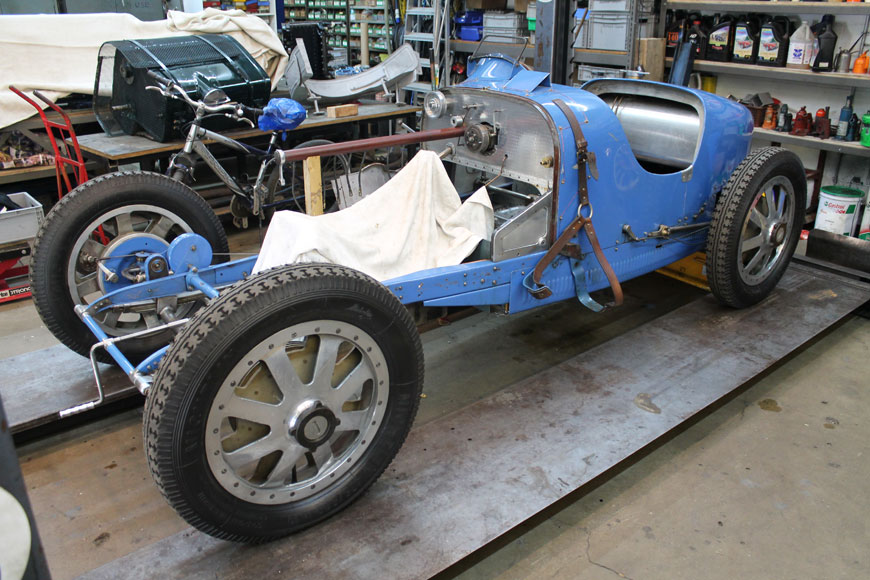
The engine’s lower crankcase and sump assembly is crucial to bracing the chassis, so had been left in place in the car. This meant that the upper crankcase, fully assembled with its complex crankshaft assembly and connecting rods, needed be lowered using an engine crane. Emily had an important role in this process, carefully lining up these easily damaged components before bolting everything in place. She has also been busy installing new valve springs, as well as helping to fit the Bugatti with a new fire shield and under tray.
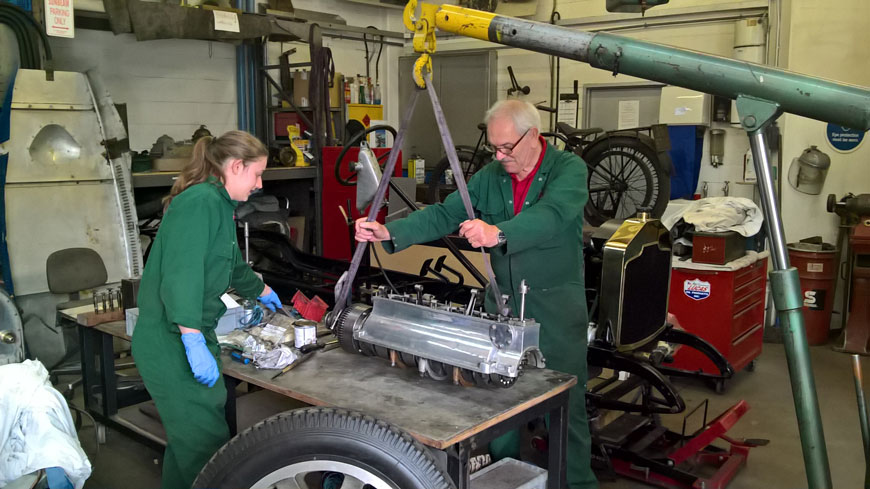
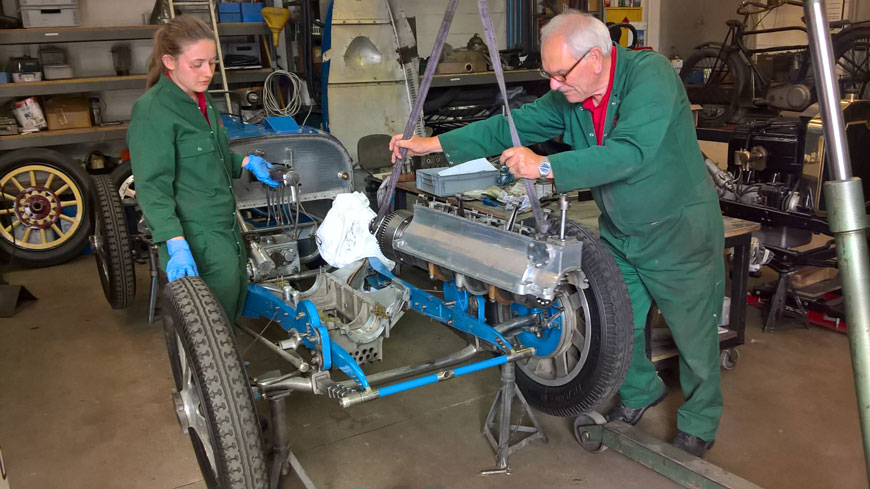
“I got to work on the 1935 Auburn 851,” said Emily. “It was due to be driven to the Phyllis Court Club’s classic car display in Henley-on-Thames, but it turned out that the wheel cylinders for the rear brakes on both sides were leaking. I replaced the wheel cylinders and bled the brakes, so that it was able to make it to the show.”
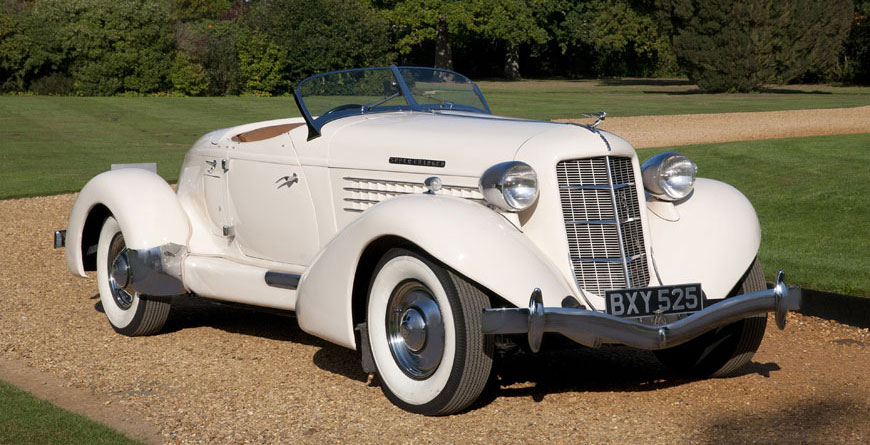
With no shortage of opportunities to learn from the other workshop engineers, Emily is seizing every opportunity that comes her way to expand her knowledge and experience and has made an impressive start on her professional journey.
